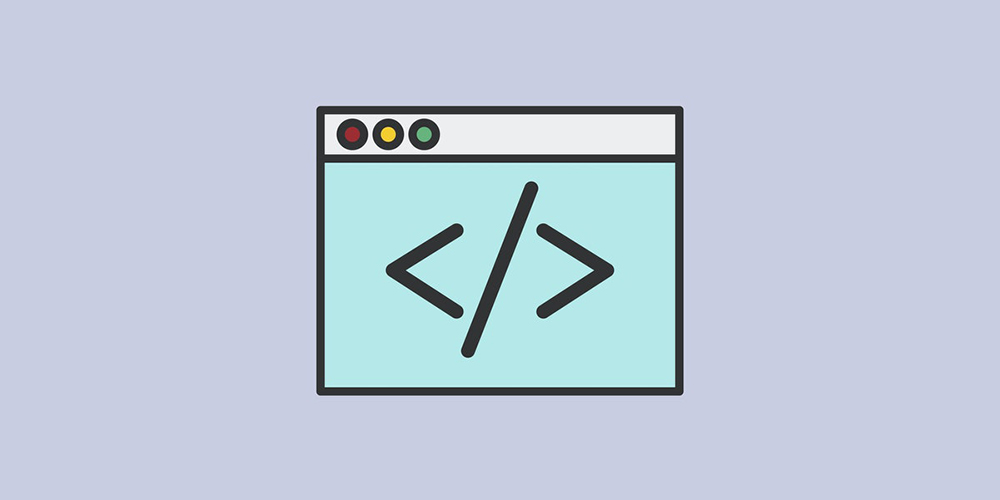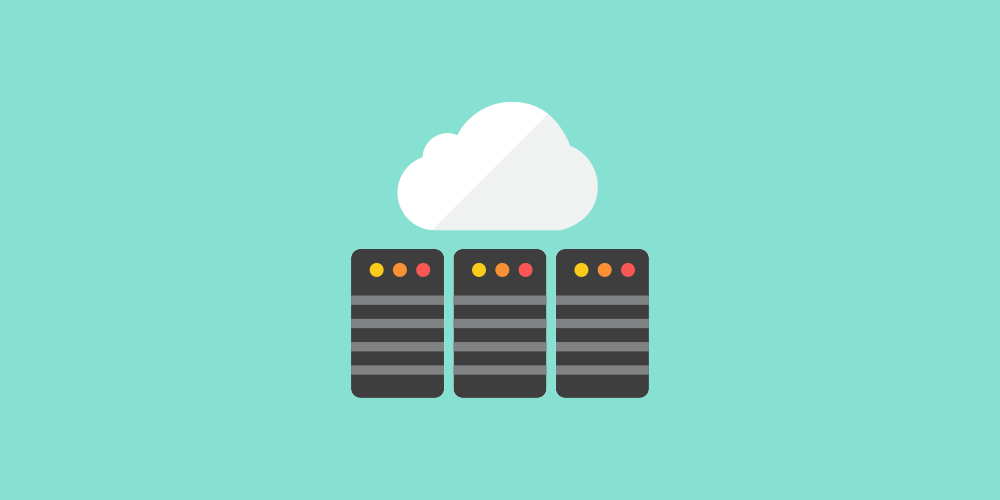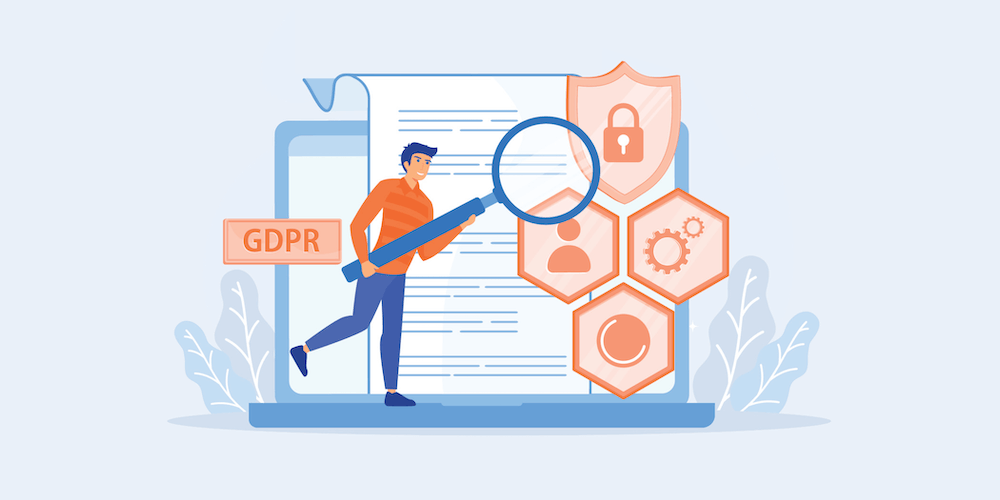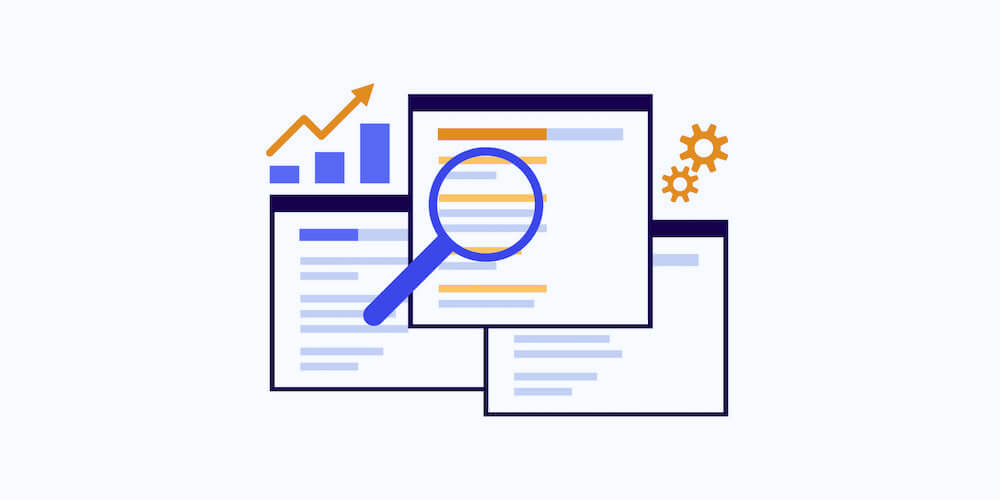Google Core Web Vitals Optimization for WordPress

Google makes dozens of algorithm changes throughout the year, intending to weed out poor search results and give searchers only the most beneficial, relevant content. Last fall, the search engine giant announced some pretty big changes that could impact your website’s ranking.
The good news is that if you’ve already prioritized optimizing your website and prioritized the user experience (UX), you won’t need to worry about rushing to make all sorts of changes to your site. However, that doesn’t mean you want to let the Google Core Web Vitals pass you by without taking a moment to understand what they are and how they will be affecting search engine results once these changes begin rolling out at the end of May 2021.
What are Google Core Web Vitals?
Web vitals aren’t exactly a new concept for those who have been paying attention to website performance and how it affects the overall consumer experience. Studies show that page speed directly affects the user experience, and Google has been using it as a ranking factor since 2010.
Web vitals that most webmasters paid particular attention to include:
- Web speed
- Site security
- Mobile-friendliness
- Robots.txt and sitemaps
Google has been paying particular attention to these factors for many years, but now they’re becoming more critical than ever. What’s changing?
Google Core Web Vitals are new and more complex web vitals that will be a part of Google’s core algorithm. That means that if your site doesn’t meet the standards set by these new web vitals, it could be affected negatively by the changes.
The new web vitals that will be prioritized as part of Google’s latest update will be page/site loading, interactivity, and visual stability and will be represented as:
- Largest Contentful Paint (LCP): focuses on page load time and is represented by how long it takes a single page to load from the user’s perspective.
- First Input Delay (FID): focuses on interactivity and the user’s ability to interact with your page.
- Cumulative Layout Shift (CLS): focuses on visual stability and represents how stable a page is as it loads.
Largest Contentful Paint (LCP)
Website load time is a huge factor in a user’s experience. Studies have shown that a slow-loading website has a negative effect on brand perceptions and can lead to a decrease in conversions. If a page takes too long to load, users can get frustrated and leave your site before it has a chance to load fully.
The LCP metric will report the render time of the most prominent text or image block visible within the viewport relative to when the page initially begins loading. Ideally, you’ll want to have an LCP score of 2.5 seconds or lower.
First Input Delay (FID)
FID is meant to track the amount of time that passes between when a user interacts with an element on your site and when the browser responds to that request. Interactions may include clicking on a link, choosing a menu option, etc.
While websites that primarily host large pieces of content will likely have to worry less about this particular core web vital, it is essential for those that include an interactive call to action at the end of a page or have a client/subscriber login or even a signup page. The slower the reaction times, the more frustrated your visitor becomes. Ideally, you want to have an FID score of 100 milliseconds or less.
Cumulative Layout Shift (CLS)
Finally, the CLS is designed to measure how stable a page is as it loads. For example, if you’re viewing a piece of content on your mobile device and, as it’s continuing to load, the text you were reading jumps, that text block is considered unstable. These instances are incredibly frustrating for consumers and will lead to higher bounce rates as they navigate away from your page to find the necessary information elsewhere.
The more stable your page is, the lower your overall CLS score will be. Ideally, each of your pages should have a CLS score of 0.1 or less. Anything higher indicates that elements on your page are shifting out when they shouldn’t and are negatively affecting page load times and the UX of your site.
Are Core Web Vitals a Ranking Factor for Your Website?

Web vitals have always played a small role in website ranking. However, they are now being prioritized by Google as more users demand that websites work for them — not the other way around. Consumers have no problem moving from one website to another if the page is too complicated to navigate or takes too long to load.
According to Google, longer page load times have a “severe effect on bounce rates.”
- As page load time increases from 1 second to 3 seconds, the bounce rate increases by 32%.
- If the load time of a single page increases from 1 second to 6 seconds, the bounce rate increases by 106%.
These Core Web Vitals will be joining Google’s current Search Signals for page experience, which include:
- Mobile-Friendliness: With the mobile share of organic search engine visits in the United States hitting 59% in Q1 of 2021 and hitting an all-time high in Q2 and Q3 of 2020 (64%), it makes sense that Google would include mobile-friendliness as a ranking factor for websites. That means your website not only opens on a mobile device, but that it renders in a way that’s easy to navigate and use for those on smartphones, tablets, and other mobile devices.
- Safe-Browsing: Your page doesn’t include any malicious or deceptive content, such as malware or social engineering, which tricks visitors into revealing confidential information or downloading software.
- HTTPS: Your website is secured and features an SSL certificate, which ensures that your website can transmit sensitive data such as banking information and login credentials securely over the internet through the use of encryption, authentication, and integrity protocols.
- No Intrusive Interstitials: Intrusive Interstitials are defined as interactive elements that essentially pop up and take over the page a visitor was currently viewing. In most instances, these are pop-up ads and overlays. While some interstitials are necessary (such as legal interstitials), Google will penalize a site that includes intrusive interstitials that aren’t deemed necessary.
Each of these website vitals and the updated core website vitals will nowH be used to make ranking decisions in Google’s algorithm. If you’ve already been paying careful attention to these web vitals, then you have very little to worry about! However, if you haven’t been paying particular attention to page speed, site security, and the other outlined UX vitals, then you’ll want to start making some big changes to your site sooner rather than later or keep in mind when initially creating your website.
How to Improve Your Website’s Core Web Vitals?
Whether you’re looking to make small fixes to your already optimized website or you’re preparing to do a complete overhaul, there are several ways you can improve your Core Web Vitals. Here are the top fiveCore Web Vitals.
1. Optimize Your Images

Unfortunately, when adding images and videos to a website, most creators simply embed the elements and give little thought to optimizing them to help improve UX. Since images and videos take up approximately 63% of bandwidth on a modern website, it’s vital that you are taking the time to optimize them for website performance. The best way to approach image/video optimization is to consider these three elements:
- File Size: The first thing to consider when adding images and videos to a website is the file size. If you’re embedding an image or a video into your site, you’ll want to make sure the file is not massive. The larger the file size, the longer the image will take to load.
- File Type: The second thing to consider is the file type. While most modern browsers will make use of whatever file type is necessary, it’s best to make sure that you’re using the correct file type for the image or video.
- Image Format: The third thing to consider is the image format. While most browsers will accept PNG and GIF files (and even the occasional BMP), you’ll want to ensure that the image is formatted correctly. PNG files are much more efficient than GIFs and are the preferred file format of most designers.
To compress and optimize your images you can use third party websites like TinyPNG. Or if you have a WordPress website there are image optimization plugins like:
That will automatically optimize your media files for you.
2. Optimize Your CSS and JavaScript

While your CSS and JavaScript files are important for the functionality of your site, they are also important for your site’s performance. By optimizing these files, you can improve your site’s page load times, which will help your site rank better in Google’s search results.
There are several ways to optimize your CSS and JavaScript files for performance. Here are a few tips:
- Limit the Number of CSS Files: The more CSS files you have, the longer it will take your site to load. You want to make sure that your CSS files aren’t too large and that you’re only using the number of files necessary.
- Minify CSS/JavaScript Files: Minifying your CSS and JavaScript files can help increase site performance. By removing unnecessary spaces and characters from your CSS and JavaScript files, you’ll help your site load faster.
- Limit the Number of External Scripts: The more external scripts you have, the more time it will take for your site to load.
To implement these tactics you will most likely need to work with a developer. However if you have a WordPress website there are plugins like:
That will do the heavy lifting for you. If you need additional help you can check out this guide on how to improve your website’s performance using the Hummingbird plugin.
3. Make Sure Your Website is Secure

Google has made it clear that it will be taking security into account for its ranking algorithm. That means that you need to invest in an SSL (also known as an SSL/TLS or simply TLS) certificate. An SSL certificate will help secure your site, which will help protect your visitors’ data and ensure that any information they enter on your site is encrypted and secured. Luckily, most well managed WordPress hosting companies now support free Let’s Encrypt SSL – so no need to break the bank to secure your site.
4. Make Sure Your Website is Mobile-Friendly

With the growth of mobile search, your website must be mobile-friendly. That means that your website will load and render correctly on mobile devices. You want to make sure that your website is responsive and easy for your visitors to navigate.
Most popular WordPress themes are responsive by default. However if you’re using an old or custom theme this might not be true. Not quite sure how to make your site mobile-friendly? Here are a few things to consider:
- Formatting: Make sure that your website is formatted correctly. This includes sizing images properly, using the appropriate file types, and using the correct CSS and JavaScript formatting.
- Load Time/Speed: Make sure your site loads and renders appropriately. You want to make sure that your website doesn’t take too long to load on mobile devices and doesn’t lag/freeze.
- Responsiveness: Make sure your site is responsive. You want to make sure that your website is responsive across multiple browsers and devices.
- Navigation: Make sure your site is easy to navigate. You want to ensure that your menus are easy to use and that your site doesn’t have any bottlenecks that make it impossible for your visitors to navigate.
5. Optimize Your Servers

Finally, you want to make sure that your hosting servers can handle the load of your website. If your servers cannot handle it, you can run into all sorts of problems, including slow load times and downtime. It’s best to make sure that your servers are optimized for performance, and one way to do this is to make sure you’re using the right server. Here are a few options to consider:
- VPS Server: If your website is small, a VPS server is a great solution. VPS servers are cost-effective and flexible, which makes them great for most small businesses.
- Dedicated Server: If your website is large, a dedicated server may be the right solution for you. A dedicated server is an excellent solution if you have a large number of visitors and/or your website has a large number of pages.
- Cloud Server: If your website is small and you don’t have many visitors, a cloud server may be the right solution for you. Cloud servers are cost-effective and scalable, which makes them a great option for small businesses.
- Shared Hosting: If your website is large and you have many visitors, shared hosting may be the best solution for you. Shared hosting is cost-effective and scalable, which makes it a great solution for larger businesses.
For most marketing professionals, Google’s Core Web Vitals update will not cause much of a stir, because search engine optimization (SEO) best practices already highlight the need for prioritizing the user experience.
However, if you’re just starting your website or haven’t prioritized user experience in the past, you will want to take the necessary steps to ensure that your website doesn’t get penalized in ranking. The five steps outlined above are a great place to get started. Just take it one step at a time, and your website will be ready to go!



